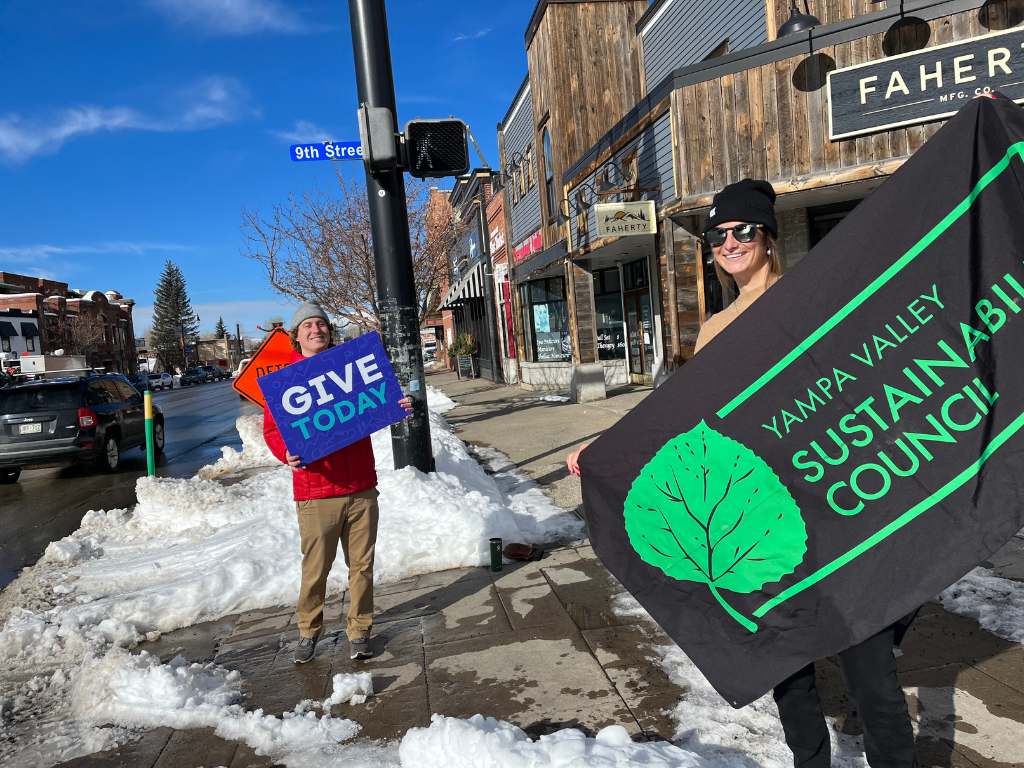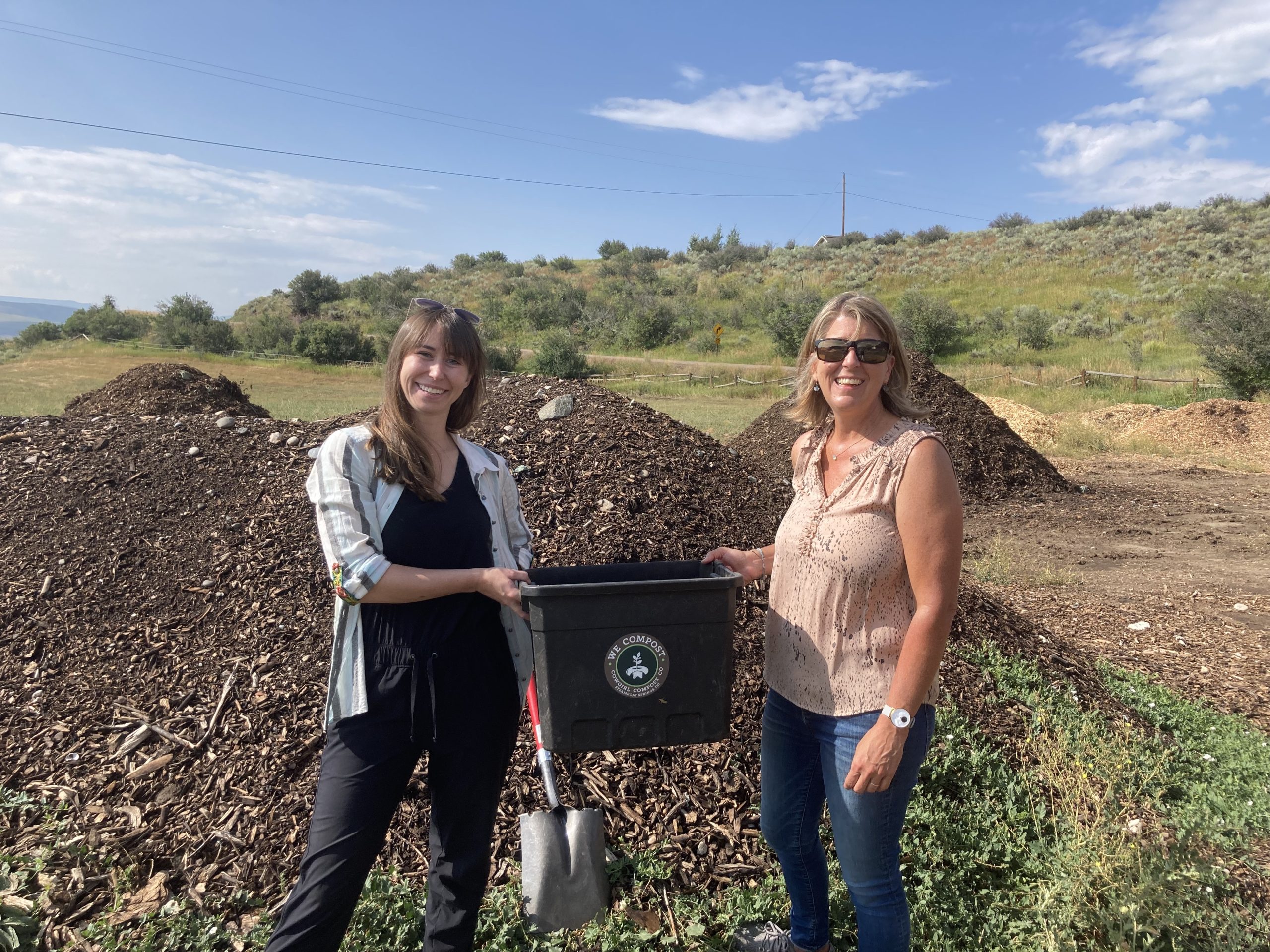JULY 3, 2018 BY
***Stay tuned for details on YVSC’s ReTree Community Planting event in October at Chuck Lewis State Wildlife Area.***
By Todd Hagenbuch
Adapted from the Steamboat Pilot & Today
June 30, 2018
A couple of years ago, I wrote an article in this paper about how many tree problems begin with the way a tree is planted. And in the years that have passed, I’m still amazed at how many trees I see planted incorrectly by both home gardeners and professionals.
Why is tree planting so critical to the future success of the tree? Because improperly planted trees can suffer from poor root development, girdling roots, oxygen deprivation and more. These all lead to a decline in tree health and, ultimately, the demise of the tree. Moreover, because tree planting problems don’t often show up for a couple of years, you’re left with a dead or dying tree after your one-year guarantee has expired.
So what do you need to know about planting a tree? First, know that the depth of your hole is absolutely critical. Structural roots of the tree, which are the top main roots coming from the base of the tree, need to end up 1 to 2 inches above the grade soil. So, if there is dirt on top of the structural roots, you need to account for that in digging your hole. For example, if the root ball is 16 inches tall and the structural roots are 2 inches deep, your hole should be 14 inches deep.
Also important is to make sure your tree is sitting on firm soil so it doesn’t sink after being planted. It’s better to have to dig out a little more when you realize the hole is not deep enough. We want to make sure we don’t make too deep a hole and then have to fill it in with loose soil that will cause the tree to sink.
The shape and width of the hole you put your tree into is also important. The hole should be three times the width of the root ball, and saucer shaped with sloping sides.
If you have a tree that was grown in a container, now’s the time to take off the container. Wiggle it off gently, then cut any roots that appear to be growing in a circle around the edge. Slit down the outside of the root ball 1 1/2 inches, making sure to cut all of these roots that could cause a problem. Gently pulling these cut roots out from the root ball to get them growing in an outward manner is beneficial, too.
If you have a balled and burlapped tree, put it into the hole after removing the outer layers of burlap, then place it in the hole.
After you’ve placed your tree in the perfect hole, you want to pack soil around the bottom so as to stabilize it. If you have a wire cage around the tree, remove it now using a bolt cutter or hacksaw. Make sure to remove all wrappings and wire from your tree: contrary to popular belief, they will not break down and need to be removed now. Backfill the hole with the native soil, making sure not to put soil over the root ball. Mulch only the backfill area with 3 to 4 inches of wood mulch and water the tree well, continuing to water it regularly while it gets established.
Planting a tree is an investment in the future, so take the time to do it right. For a more detailed guide on how to plant a tree correctly, visit extension.colostate.edu or call your local CSU Extension office.
Todd Hagenbuch serves as a CSU Agriculture Extension Agent.






